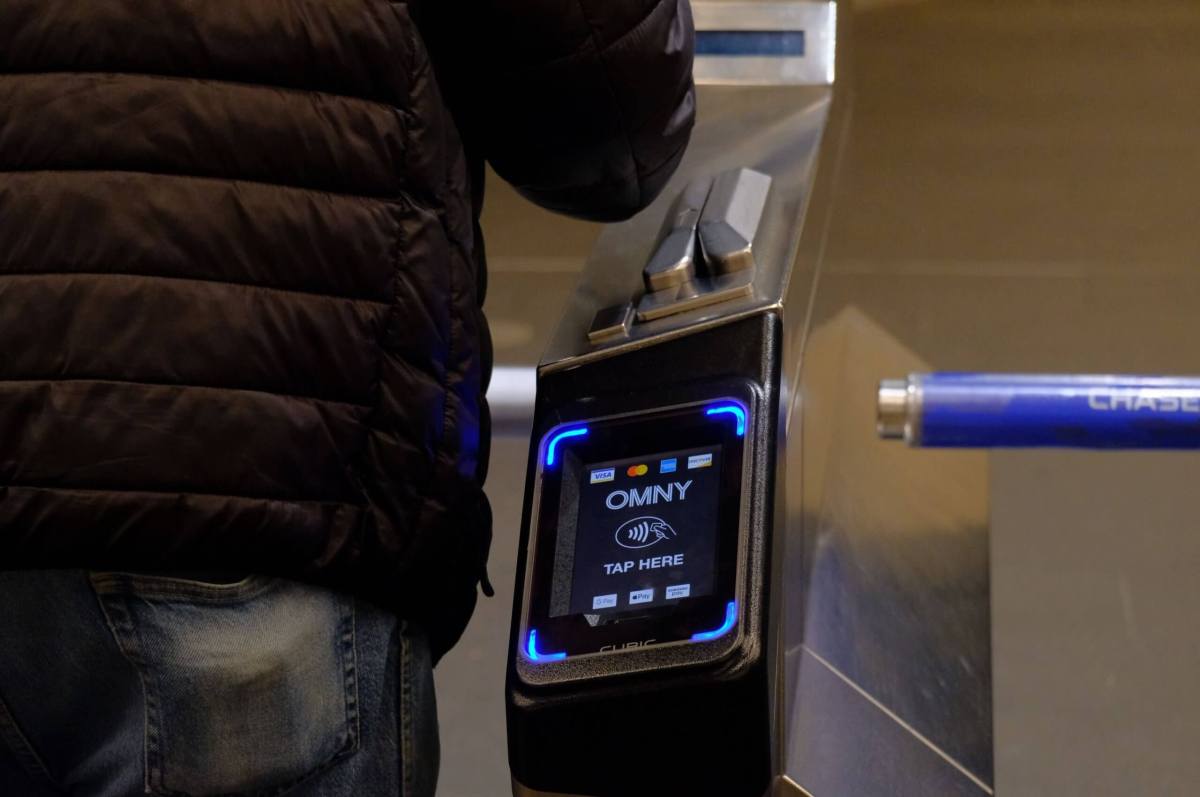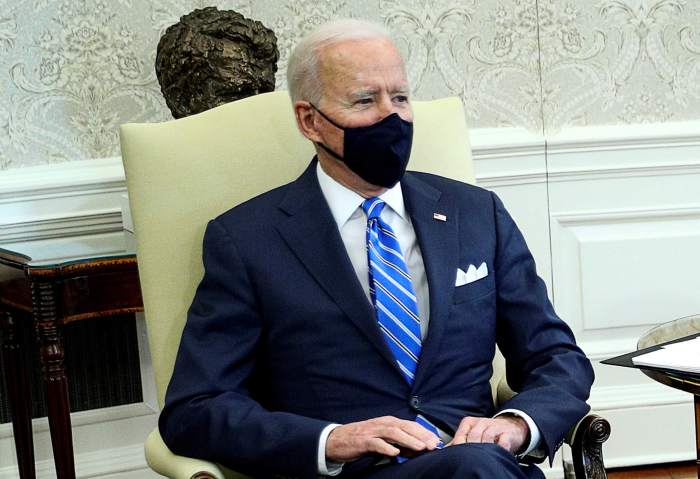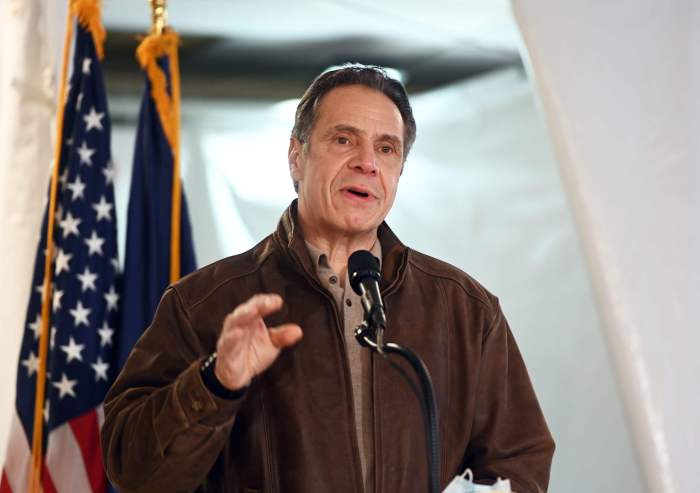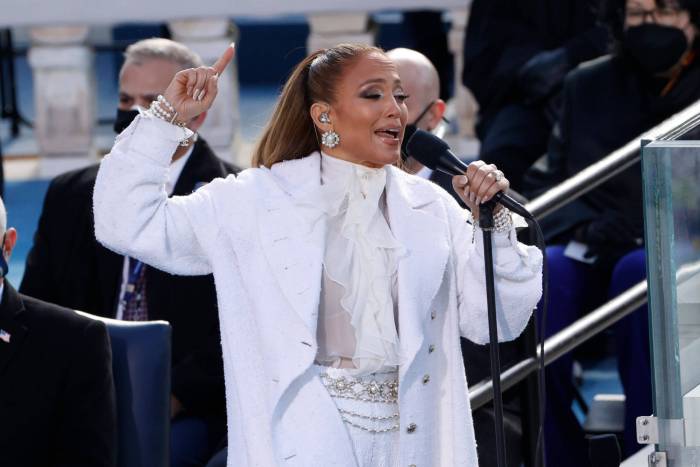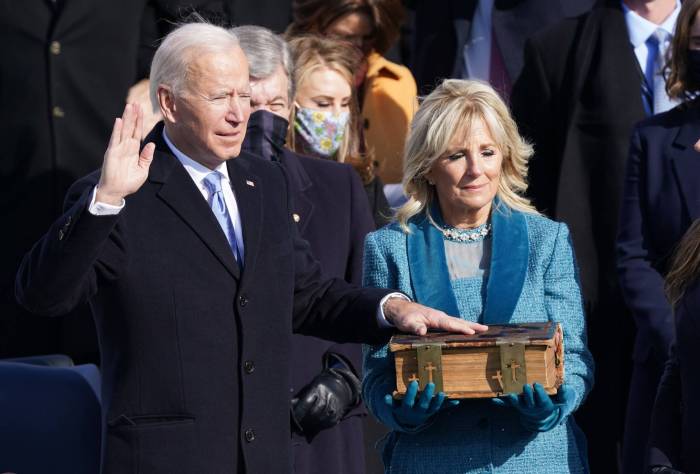State Comptroller Tom DiNapoli says that the Metropolitan Transportation Authority’s modernization plan may not be sitting quite so pretty financially as outstanding debt is expected to punch a $2.9 billion hole in their $54 billion five-year capital plan.
The agency, however, is not greatly concerned at this point in time.
“The MTA and its riders face difficult years ahead, despite recent federal relief that helped avoid drastic short-term budget cuts,” DiNapoli said in a statement released Tuesday. “The MTA’s mounting debts and devastated revenue make it unlikely that it can afford all the work it planned. The numbers just don’t add up. Either ridership and revenue must recover faster than the MTA expects, or the MTA must find new sources of income, or other financial support, to pay for additional debt service. The President’s proposed infrastructure program may provide capital funding to help the MTA reduce its borrowing, but this is still uncertain. If not, the MTA, and its customers, likely face serious cuts to upgrades and other work that could impact the quality of service.”
DiNapoli asserts that severe revenue declines and increased borrowing over the course of the past year due to the pandemic will continue to cripple the agency in the coming years despite $6.5 billion in stimulus funds being routed to the MTA in March as part of the American Rescue Plan from the Biden administration.
Ridership makes a slow return on MTA subways and buses from the low of over 90% loses in fare revenue seen during the height of COVID-19 pandemic, and the comptroller is keeping tabs on ridership trends with his own tracker which foresees a full return to mass transit in New York City eventually, but not until after 2024.
The $2.9 billion hole mirrors the same amount borrowed by the MTA going into 2021 from the federal reserve, not to mention the $50 billion in debt service the agency could be responsible for going into 2024 as claimed by DiNapoli’s office in October.
Payments against this loan are not due until Dec. 15 2023, according to the MTA. The agency will need to decide how many bonds to issue, if any, before the decision to commit $9.8 billion to funding the 2020-2024 capital program.
“The MTA is getting capital projects done faster and less expensively through its new Construction & Development agency that is cutting past forms of red tape, using new contracting methods that create incentives for contractors to cut schedules and bundling projects, among other innovations,” MTA spokesman Aaron Donovan said. “We have worked safely to continue the capital program through the pandemic, bringing real progress on station accessibility, subway re-signalling, major marquee projects like the L Project and LIRR Third Track, and projects to bring the system into a state of good repair.”
So where will the next payday be coming from for the MTA?
Biden Administration Transportation Secretary Pete Buttigieg has unlocked the criteria the needed for a successful environmental study into the launch of congestion pricing tolls for cars entering Manhattan below 60th Street, which could generate up to $1 billion per year in lockbox funds.
The Biden administration’s infrastructure plan which could bring major benefits to the state’s transit systems for the United States may even be at stake as the debate over the repeal of the State and Local Tax cap becomes a pawn within debates in congress.
Democrats as well as a number of Republicans have threatened to vote against President Joe Biden’s infrastructure plan if the SALT deduction, enacted by the Trump administration in 2017, is not nixed beforehand.
SALT has been a major talking point for embattled Governor Andrew Cuomo over the course of the pandemic, which left the state’s coffers barren, as he plans hike taxes on the wealthiest New Yorkers and hopes the repeal will soften the blow for those most impacted as his administration plans to bring New York’s finances into a state of good repair.



